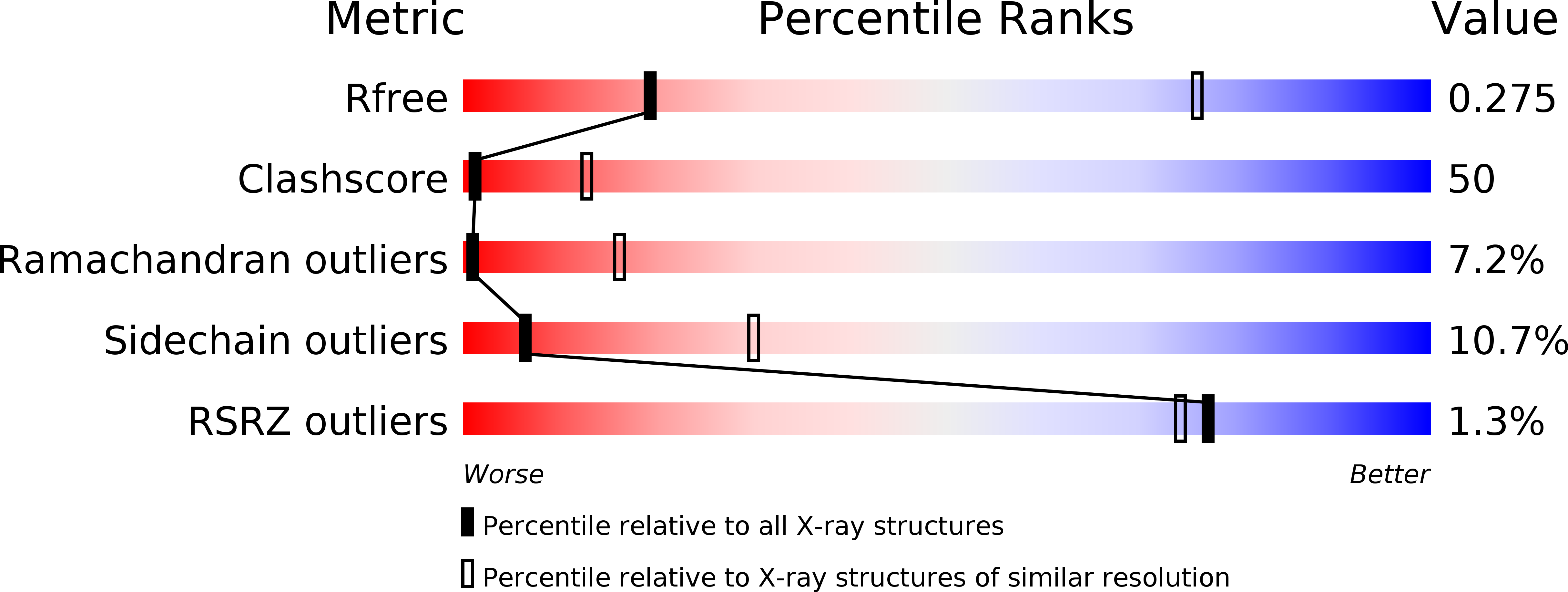
Deposition Date
2008-05-19
Release Date
2009-03-31
Last Version Date
2024-10-16
Entry Detail
PDB ID:
3D69
Keywords:
Title:
Crystal Structure of the Fab Fragment of an Anti-Factor IX Antibody 10C12
Biological Source:
Source Organism:
Homo sapiens (Taxon ID: 9606)
Host Organism:
Method Details:
Experimental Method:
Resolution:
3.77 Å
R-Value Free:
0.34
R-Value Work:
0.24
Space Group:
P 41


